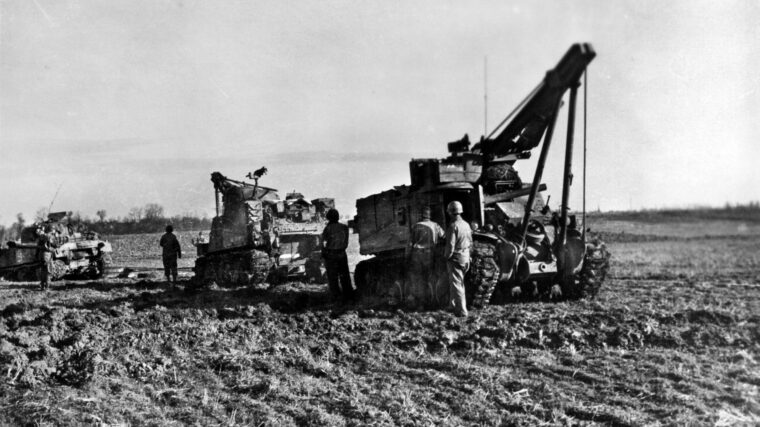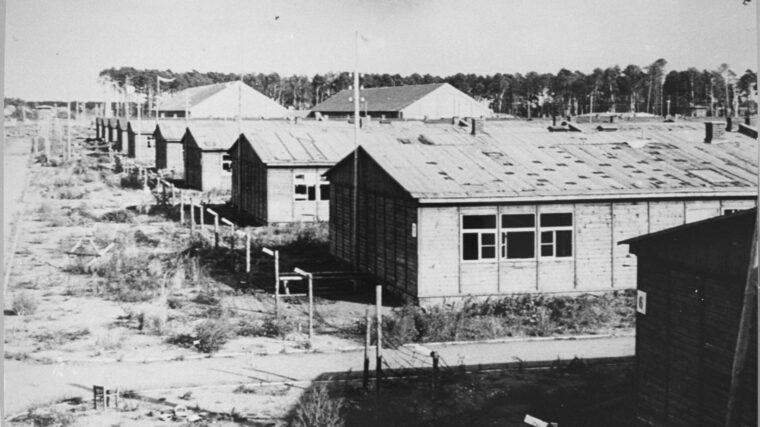
WWII
Siegfried Line: Breaking the Dragon’s Teeth
By Allyn VannoyAs the battalion officers surveyed the terrain before them, they must have been worried about the men who would have to cross it—the 300 yards of open ground to the banks of the Saar River lined with barbed-wire, concrete pillboxes, anti-vehicle “dragon’s teeth,” and reinforced with minefields in depth known as the Westwall or, more commonly, the “Siegfried Line.” Read more
























